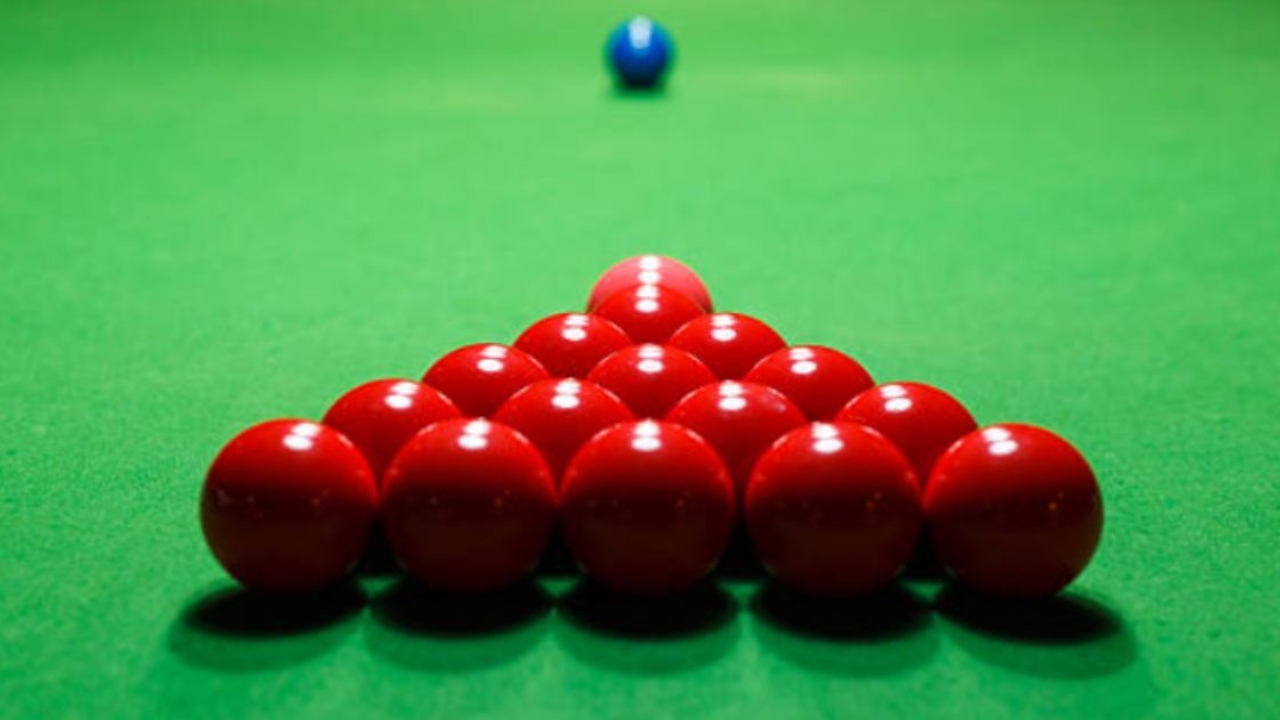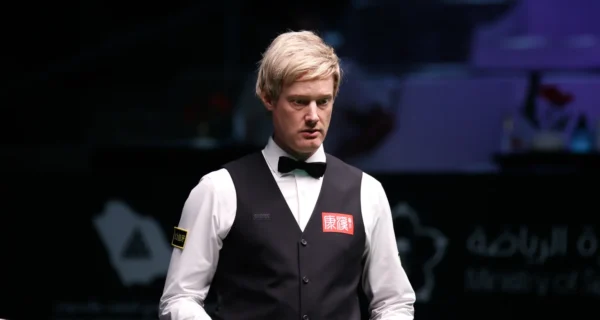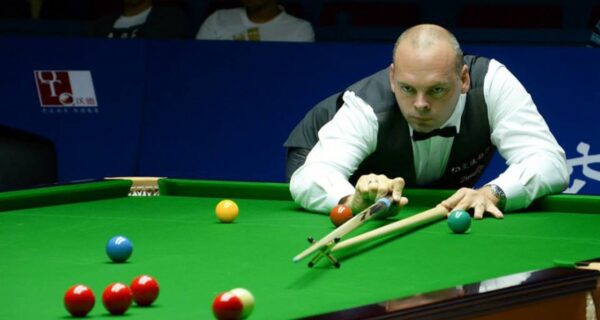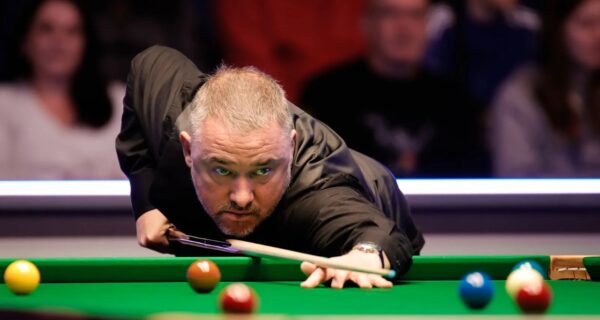A game of snooker has 15 red balls, which are arranged in a triangular formation at the start.
Snooker, a popular cue sport, is played on a rectangular table covered with green cloth. Players use a cue stick to pot balls in six pockets. The game uses 21 balls: 15 reds, 6 colored balls, and the white cue ball.
Each red ball is worth one point, making strategic play crucial. The objective is to score more points than opponents by potting balls in a specific sequence.
Snooker requires precision, strategy, and skill to attract players and fans worldwide. This game offers both a mental challenge and an engaging experience for enthusiasts.
The Essence of Snooker
Snooker started in India in the 19th century. British soldiers created the game using a regular billiard table.
The game evolved quickly and became popular in England. Now, snooker is played worldwide. It is known for its strategy and skill.
A snooker table has six pockets. There are 22 balls in total, including one white cue ball, 15 red balls, and six colored balls.
The colors are yellow, green, brown, blue, pink, and black. Each ball has a different point value. Players score by potting the balls in sequence.
Red Balls: The Heart of the Game
The game of snooker has 15 red balls. These are the most important balls. Players must pot these before other colors, making red balls very special. Each red ball is worth one point. Potting a red ball lets the player pot a colored ball next.
Colored balls have different values. Each colored ball has a special spot on the table. Red balls, however, are placed in a triangle, which sets them apart from others.
Colored balls are worth more points than red balls, but red balls are essential for scoring. Without potting red balls, players can’t score high.
Counting the Reds
Professional snooker matches always have 15 red balls. This is the standard number. Each red ball is worth one point.
Players must pot a red before potting other colors. This rule keeps the game fair and challenging.
Amateur and practice frames often use fewer red balls—sometimes only 10 or 6 red balls. This makes the game shorter and simpler, helping beginners learn quickly. Advanced players might use fewer balls for specific practice drills.
The Setup: Arranging the Reds
In snooker, 15 red balls are used. These balls are arranged in a triangle shape. The triangle sits in front of the pink ball spot.
The apex red ball is placed exactly on the pink spot. The base of the triangle is parallel to the top cushion. All the red balls touch each other.
Players think carefully about the setup. Breaking the Reds well can increase their chances of winning, and a good break can spread the Reds nicely.
It helps to position the cue ball well. Players aim to pot a red ball first. Then, they aim for a color ball.
Scoring With Red Balls
Each red ball in snooker is worth 1 point. There are 15 red balls on the table at the start. Potting a red ball gives you the chance to score more. After a red ball, you can pot a colored ball. This helps you increase your score quickly.
Try to pot a red ball first. This opens the chance to pot a colored ball. Use the cue ball to position for the next shot.
Always think about the next red ball. This helps you keep the break going. Aim for the corner pockets for easier shots. Practice and plan each move carefully.
Famous Red Ball Moments
The 1985 World Snooker Championship is legendary. Steve Davis faced Dennis Taylor. Both players showed great skill.
The match went to a final frame decider. Taylor won on the last black ball. This match is remembered for its tension and drama.
Ronnie O’Sullivan’s 147 break in 1997 is iconic. He completed it in 5 minutes and 8 seconds. This record still stands today.
His speed and precision were amazing. Another great moment was Stephen Hendry’s tactical play.
Hendry often used red balls to gain points and position. These strategies made him a seven-time world champion.
Maintaining Red Balls
Red balls need regular cleaning to stay shiny. Wipe them with a soft cloth. Avoid using harsh chemicals. A mild soap solution works best. Store the balls in a safe place.
Keep them away from moisture. Check for cracks or chips often. Replace damaged balls to keep the game fair. Rotate the balls during play. This helps them wear evenly.
Frequent use can cause scratches and dents, which affect how the balls roll. Inspect the balls before each game and polish them to reduce friction. A smooth ball improves gameplay.
Old balls may need replacing. Fresh balls ensure a consistent game. Proper care extends the life of the balls. Well-maintained balls make the game more enjoyable.
Red Balls Beyond Snooker
Snooker involves using 15 red balls, each worth one point. Players must pot a red ball before attempting a colored ball. The game’s strategy revolves around these red balls and their placement on the table.
Their Place in Other Cue Sports
Red balls are not only used in snooker; they are also used in other cue sports, such as pool and billiards. These games have different rules and setups.
In English billiards, two white balls and one red ball are used. The red ball plays a key role in scoring. The red ball is also important in carom billiards. It helps players make point-winning shots.
Cultural Significance and Symbolism
Red balls in snooker have a deep cultural meaning. They symbolize precision and focus. Snooker players need to pot 15 red balls to score big. The red color stands for passion and excitement.
In some cultures, red is a lucky color. It brings good fortune and success. The red ball in snooker might bring luck to players, adding an extra layer of excitement to the game.













